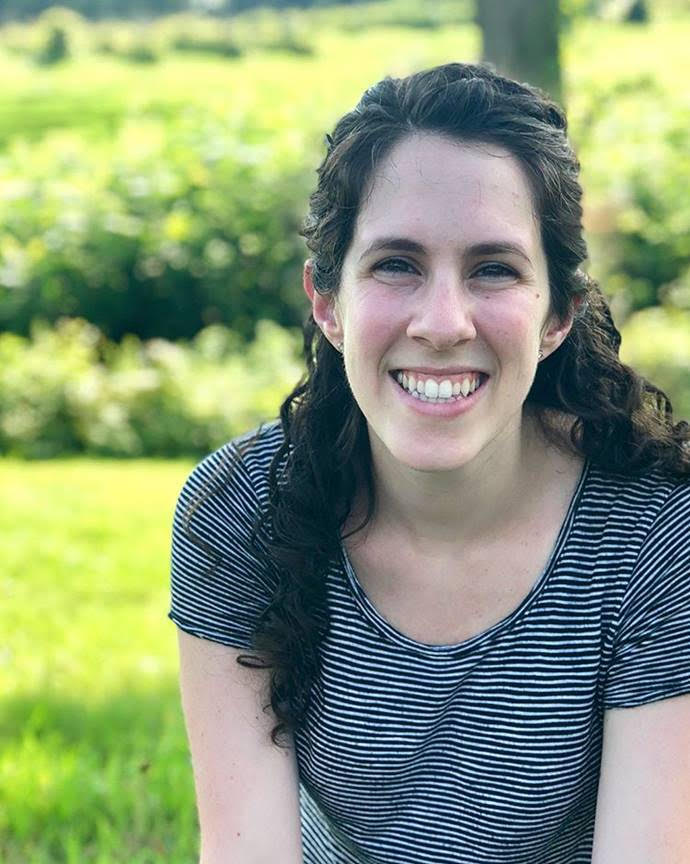A Community of Meaning for Young Adults

Spruce Street Minyan, like the myriad independent minyanim that flourish in the United States today, thrives not because it is unique, but because it exists and adds purpose for people in a certain stage of life. Many of those who form the membership of Spruce Street are new to the Philadelphia area, either for a job or for graduate school, and are looking for a place where they’ll “fit in”. Having explored the more formal synagogue or structured programmatic options in the area, they land at Spruce Street where they are likely to find a sense of connection. The connection can be through common work, interests, religious background, or social and political values. Not surprisingly, young Jewish adults like to bond over the age-old experience of davening and eating together. This is not to say that our target population is homogenous. What unites those coming to Spruce Street is a yearning for connection through Shabbat and community, though that manifests in a variety of ways and denominations. Much like my own experiences that led to the conception of the minyan, Jewish young adults are similarly drawn to an authentic and traditional davening space that feels homey and reflects their values.
The Jewish Megatrends essay illustrates the “crisis of faith” of the current day, particularly among young adults and their discomfort with formal or organized religious activity. Spruce Street Minyan, at its core, offers one avenue for young people to engage with Judaism vis a vis community. Spruce Street is also informed by threads of the other three propositions laid out in the essay. Within the framework of chochma, Spruce Street conveys a feeling of religious authenticity. Many of our attendees are observant, but many are no longer aligned with halacha or never had any foundational Jewish practices in their life. Individuals don’t feel as though they have to settle when they come to minyan due to its richness. We do a full matbea with a d’var Torah that varies in its rootedness in text and tradition. Those who attend may not be regular shul-goers or even regular monthly minyan-goers, but many individuals have stated how much they enjoy the service. Our ability to retain both Orthodox and many whose background is considerably weaker (among them are many who cannot follow the service), says something about our minyan’s ability to convey a sense of religious authenticity and spiritual connection.
Unlike many more formalized davening communities, Spruce Street Minyan does not organize external programming to get our members to be active within the larger community. That said, Spruce Street does accomplish a similar goal to that stated in the Jewish Megatrends essay: it allows for a healthier integration of Jewish identity by linking individuals with common values and creating a space in which to address the dissonance that many young Jews feel today in the world at large. I vividly remember the minyan we held the week after the 2016 elections. The disappointment and worry in the room was palpable; the drash that night directly addressed social justice and lessons from the parshah for how we can take a more active role in improving our society. The buzz in the room following davening centered around the future of our country. For me personally, the davening I experienced that night gave me a sense of hope when I felt depleted, discouraged, and disillusioned. I know it had the same effect on others as well. The rejuvenation that I and others gain from being part of the minyan community gives it a larger meaning.
Though common values, a defined purpose, and an authentic Jewish experience draw people to Spruce Street, the lasting effect of a warm, inviting community underpins who we are and what we do. Rabbi Sid wrote in his essay: “At a time when technology has made meaningful social intercourse much harder to come by, the Jewish community must offer places where people can find support in times of need, communal celebration in times of joy, and friendships to make life fulfilling.” Spruce Street does just that. For the same reasons that older, more established adults join synagogues, young adults find a minyan: building and benefiting from a community of like-minded, age-matched individuals within a relatively religiously familiar and stimulating framework.
I have come to understand that adolescence in the 21st century extends well beyond the teenage years. For many, the 20s and 30s now also represent a time of uncertainty, uprootedness, and personal exploration. These are the ingredients for growth and important identity formation. The independent minyan is an ideal way to provide a meaningful context of kehilla/community for young people in this stage of development.
_______________
Lilli Flink is the Co-Founder of Spruce Street Minyan and a fourth-year medical student at Thomas Jefferson University in Philadelphia. She is especially proud of her Camp Ramah in Wisconsin and Barnard/JTS roots and credits them with informing her traditional egalitarian practices today.


